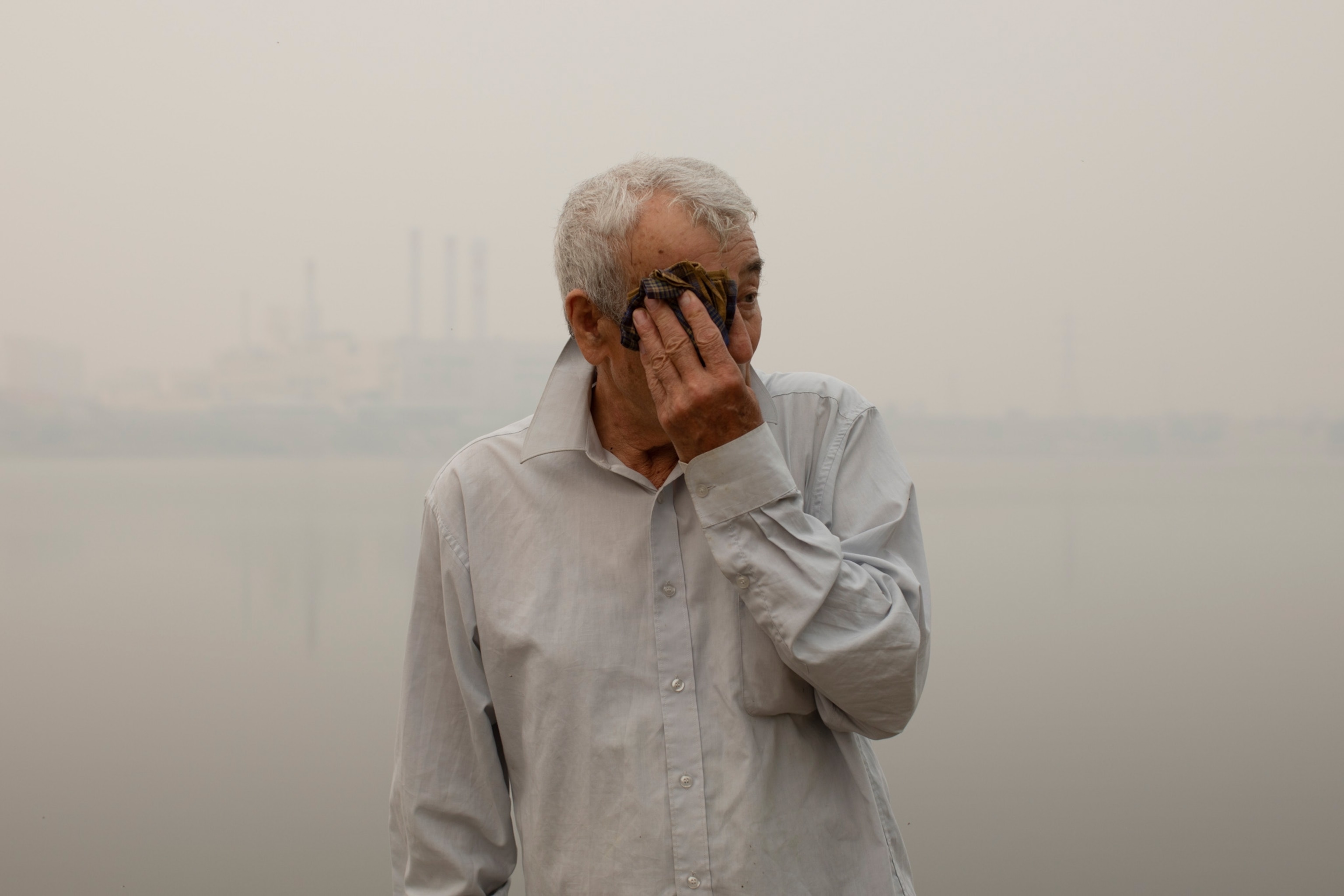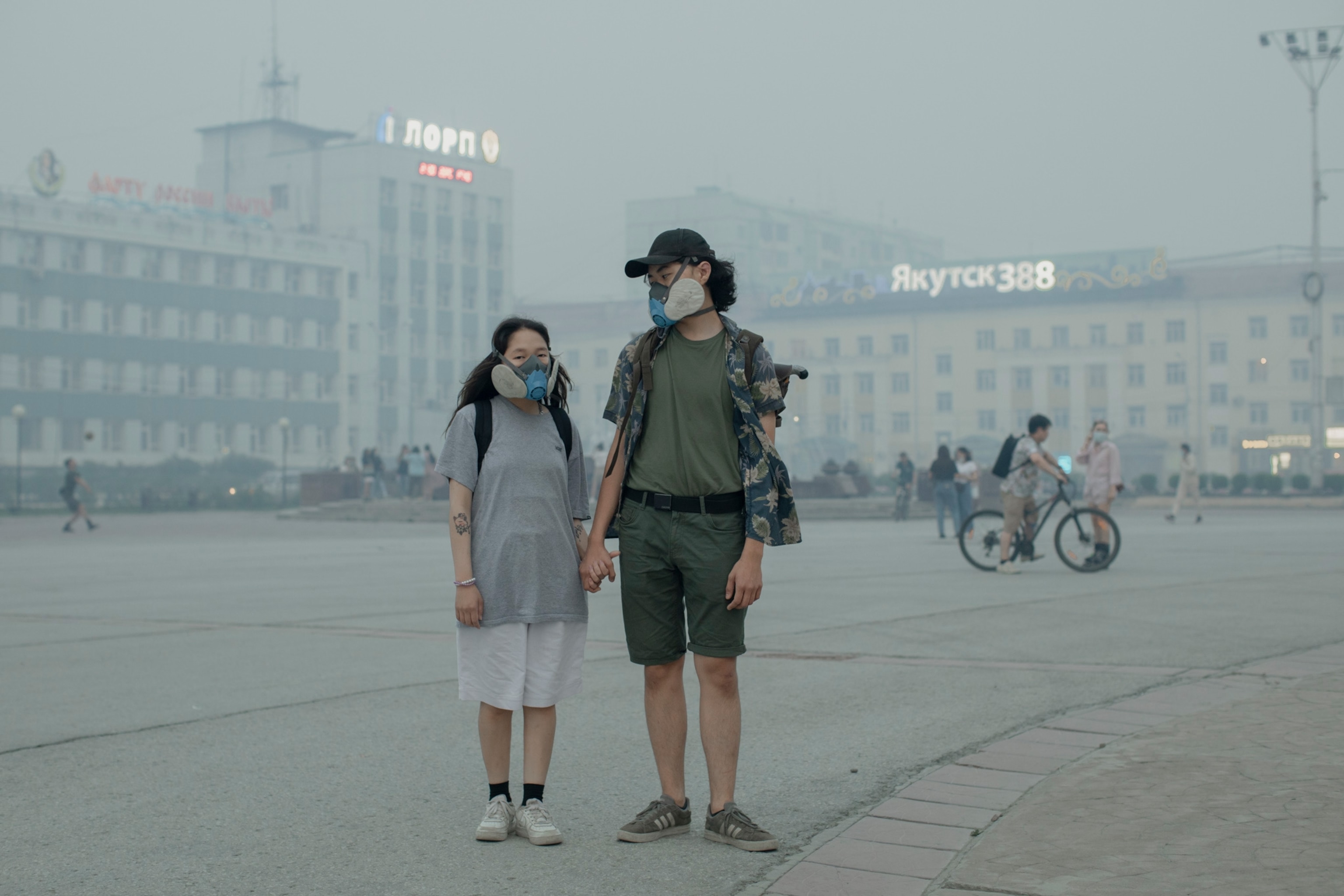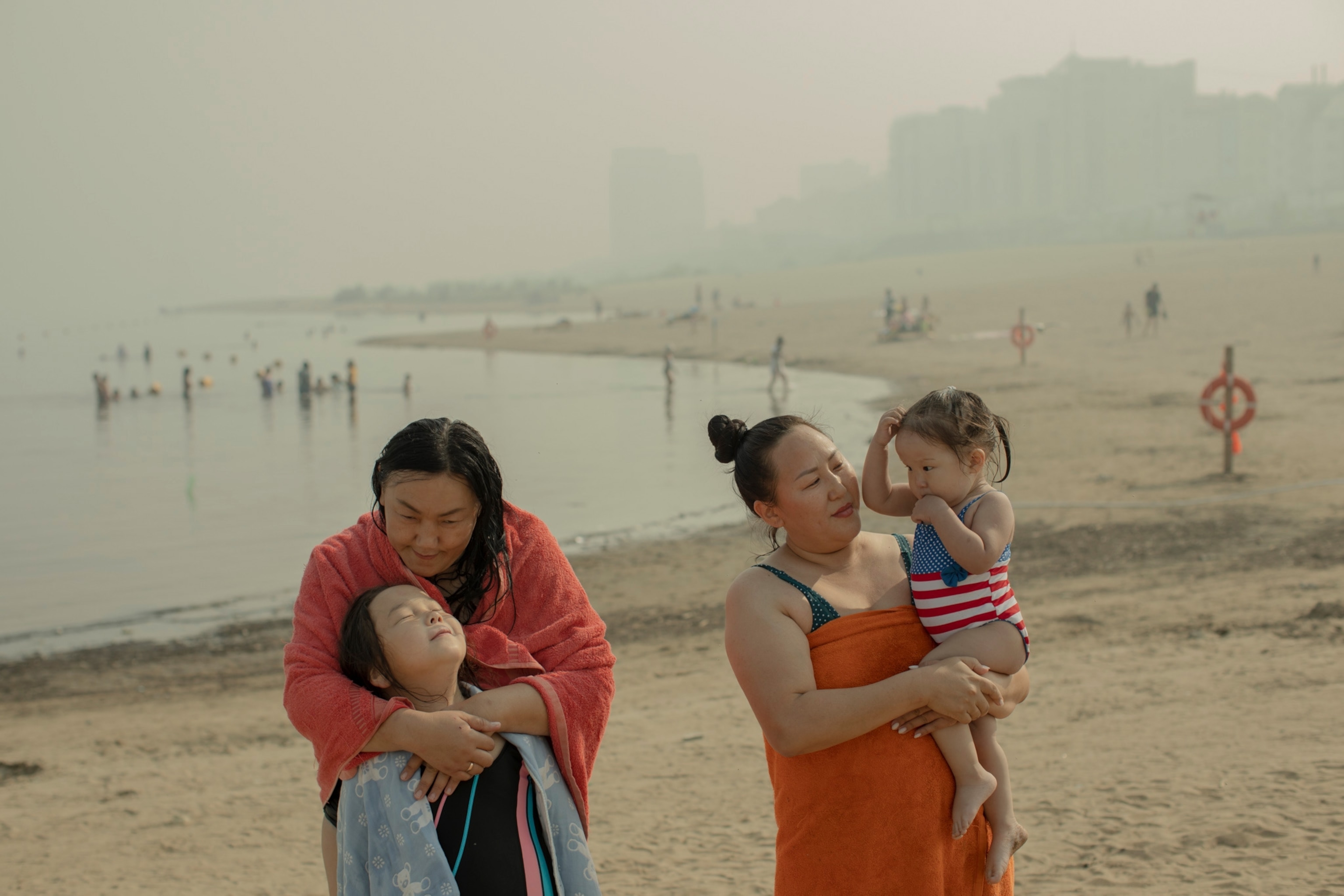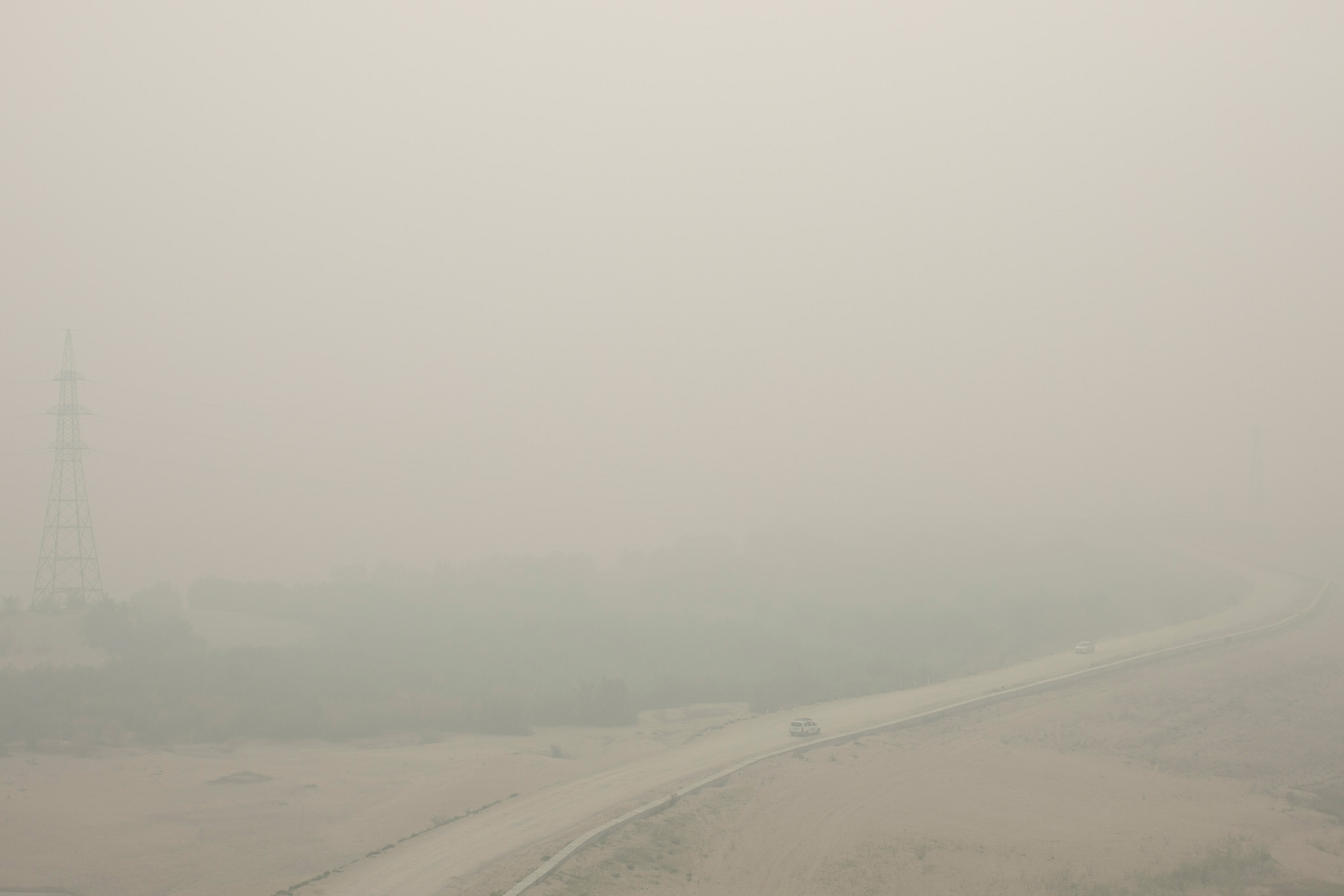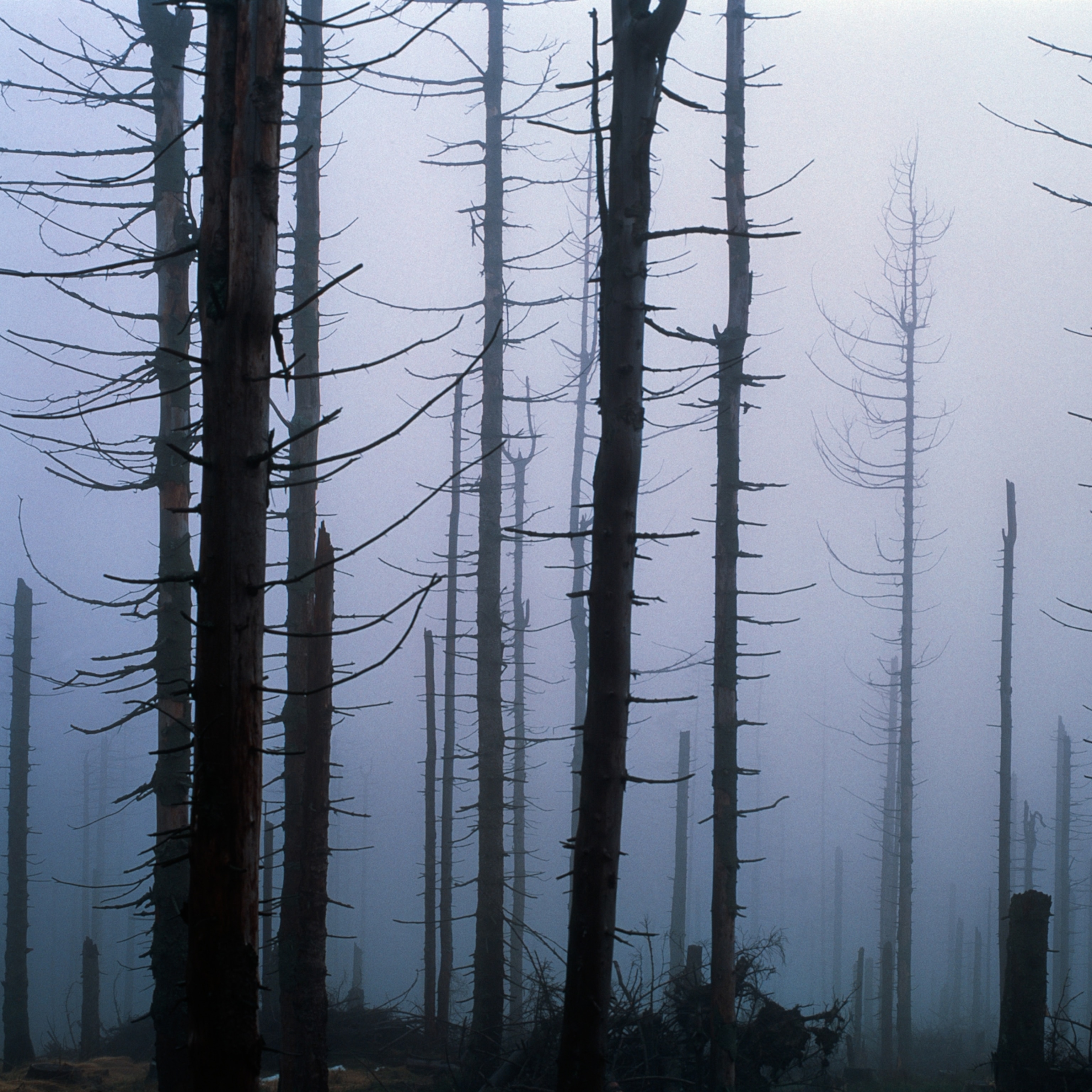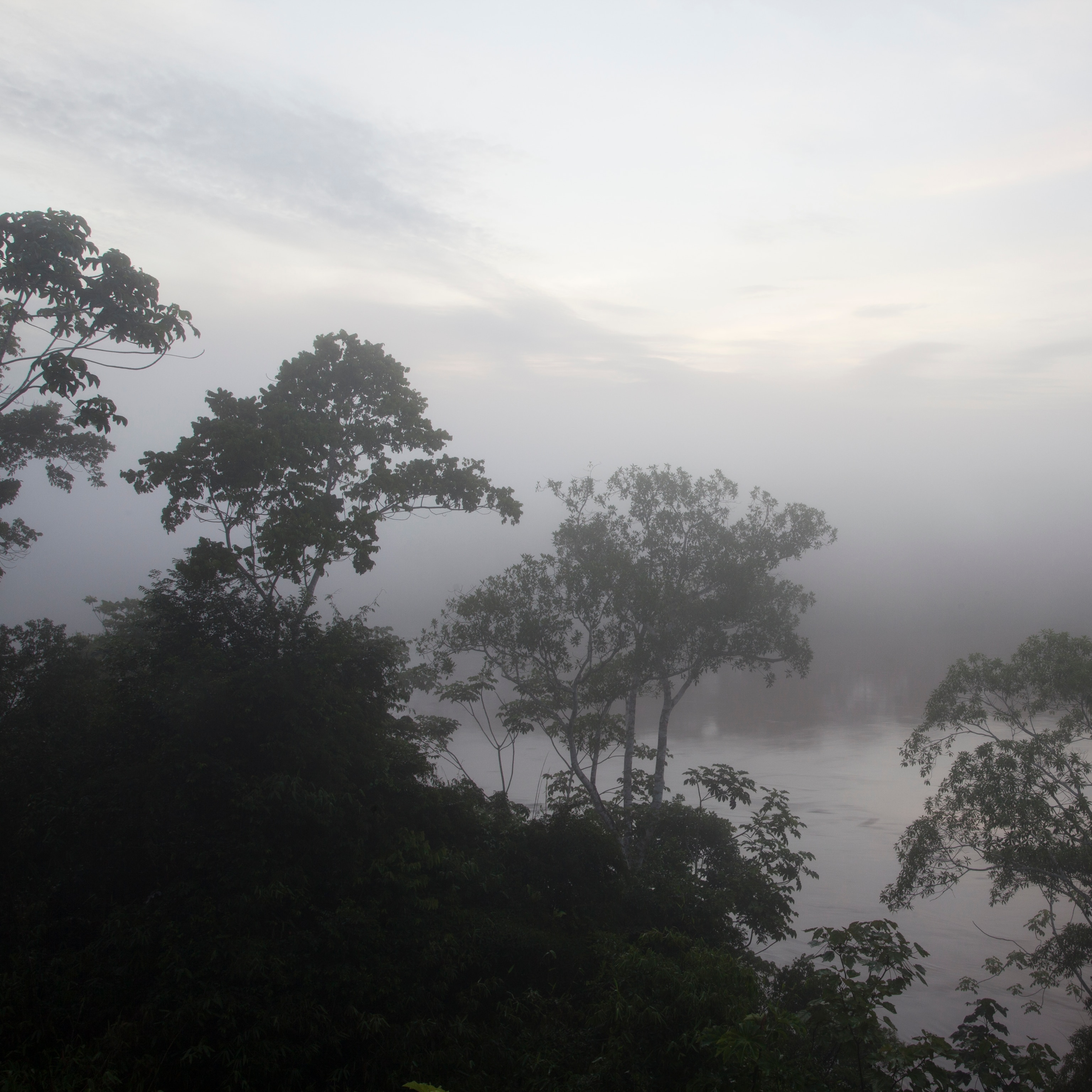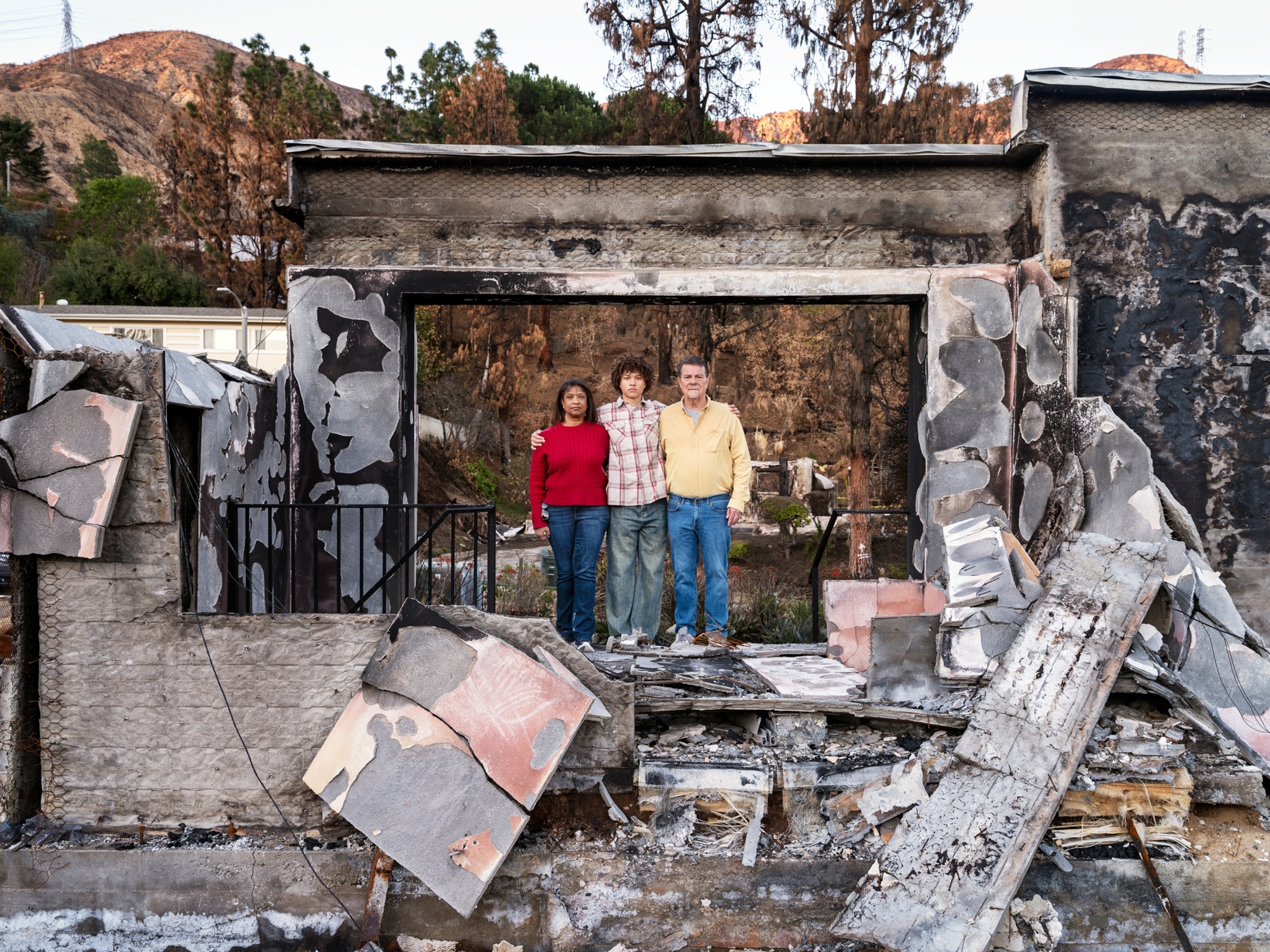
Siberia’s massive wildfires are unlocking extreme carbon pollution
The fires have released roughly as much carbon as Germany does in a year and sent plumes of smoke spilling over the North Pole.
The North American West isn’t the only place that’s burning this summer. Thousands of miles away in Siberia, hot, dry weather has helped fuel widespread forest fires that are releasing giant plumes of smoke and hundreds of millions of tons of heat-trapping carbon dioxide into the atmosphere.
Residents of the region, many of them farmers, have been fighting the unprecedented fires themselves, even as they attempt to harvest what they can before wildfire consumes their crops.
Siberia may be better known for its frigid winters, but it’s no stranger to summer wildfires. And for the past few summers, those fires have been exceptional, particularly in the Sakha Republic, a region of far northeastern Russia nearly double the size of Alaska. In 2020, Sakhan wildfires were more intense, and released more carbon between June and August, than at any other point in satellite records going back to 2003.
(How to celebrate summer in the world’s coldest city)
The 2021 fire season in Siberia, which started in late April and accelerated dramatically in mid-June, might not end until October. Yet data from the European Union’s Earth observation program shows that carbon pollution from this summer’s Sakhan wildfires is already more than double that of 2020. The fires’ heat output is roughly five times higher than the long-term average.
“Siberia has always been burning,” says Jessica McCarty, a fire ecologist at Miami University in Ohio. “It has extreme fire seasons. But when I talk to my colleagues who live in Siberia, they don’t talk about this as if it’s normal or indicative of the past.”
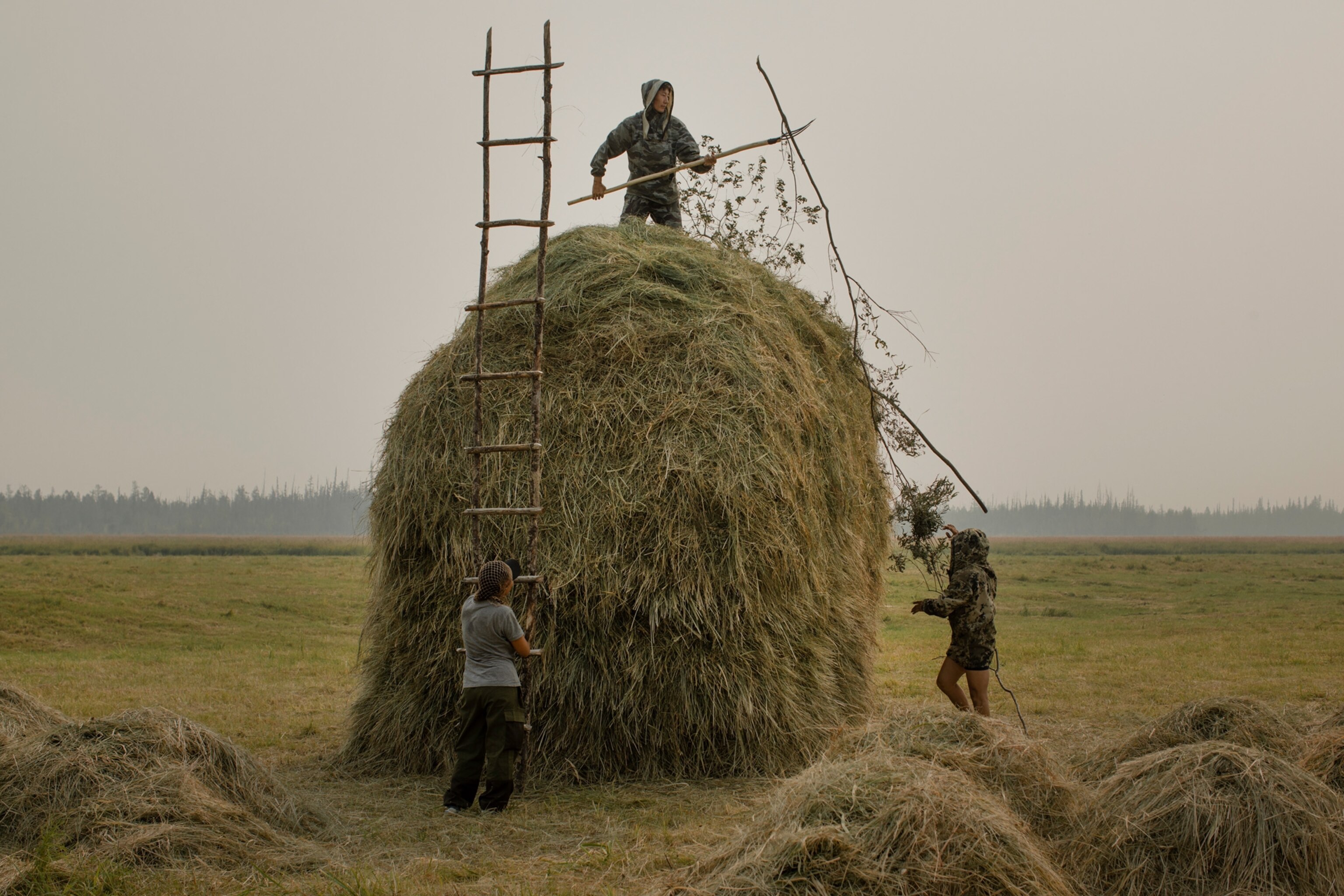
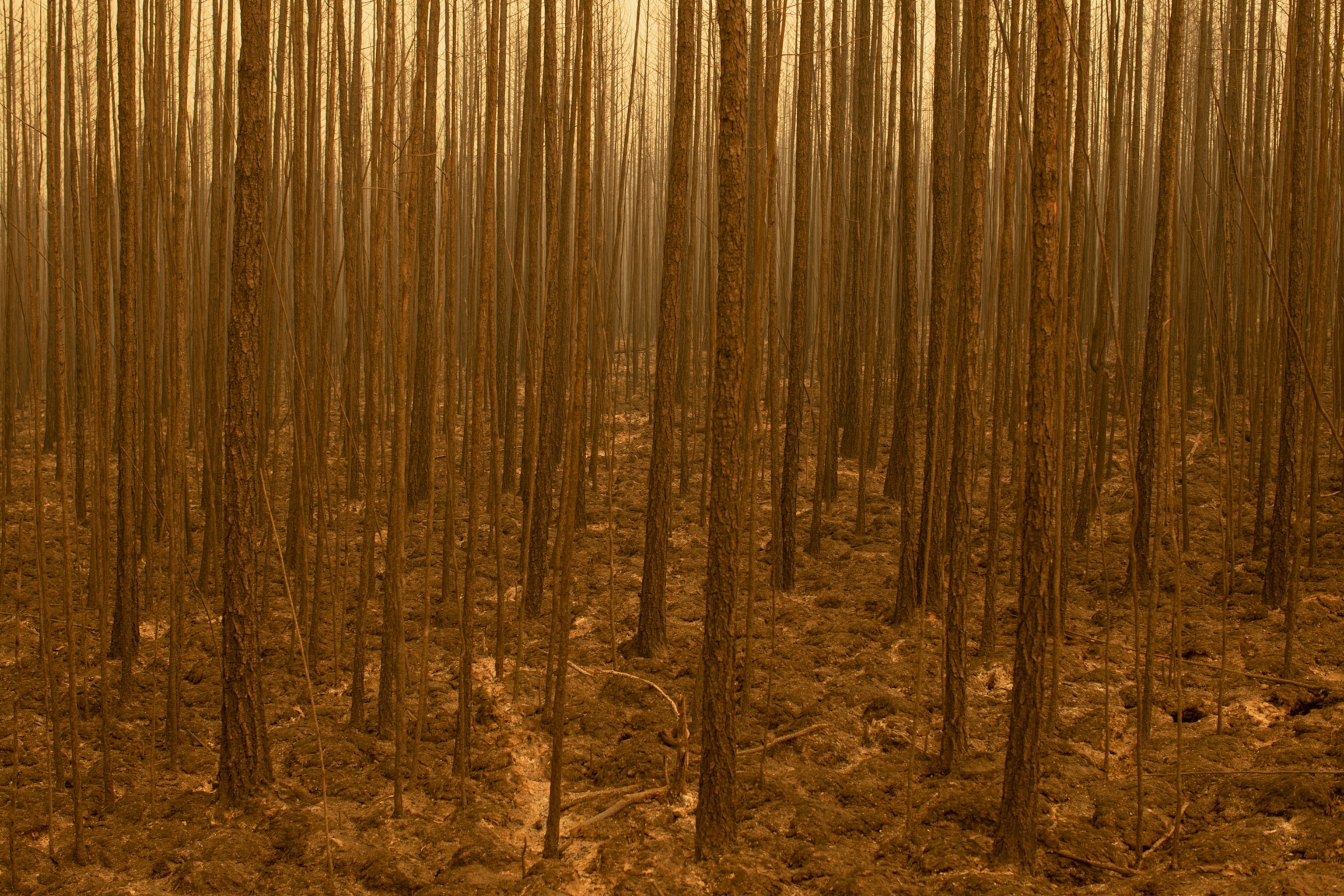
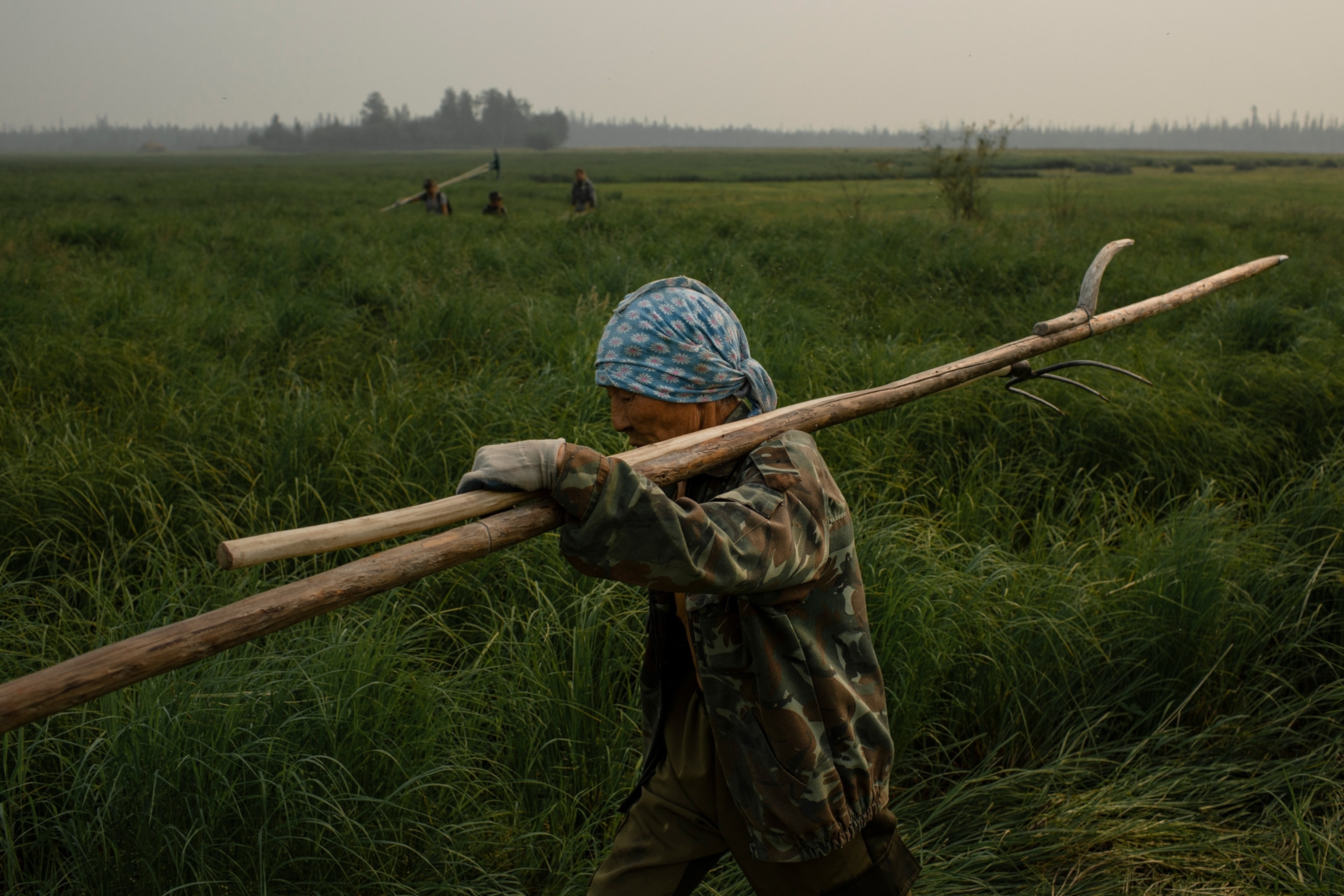
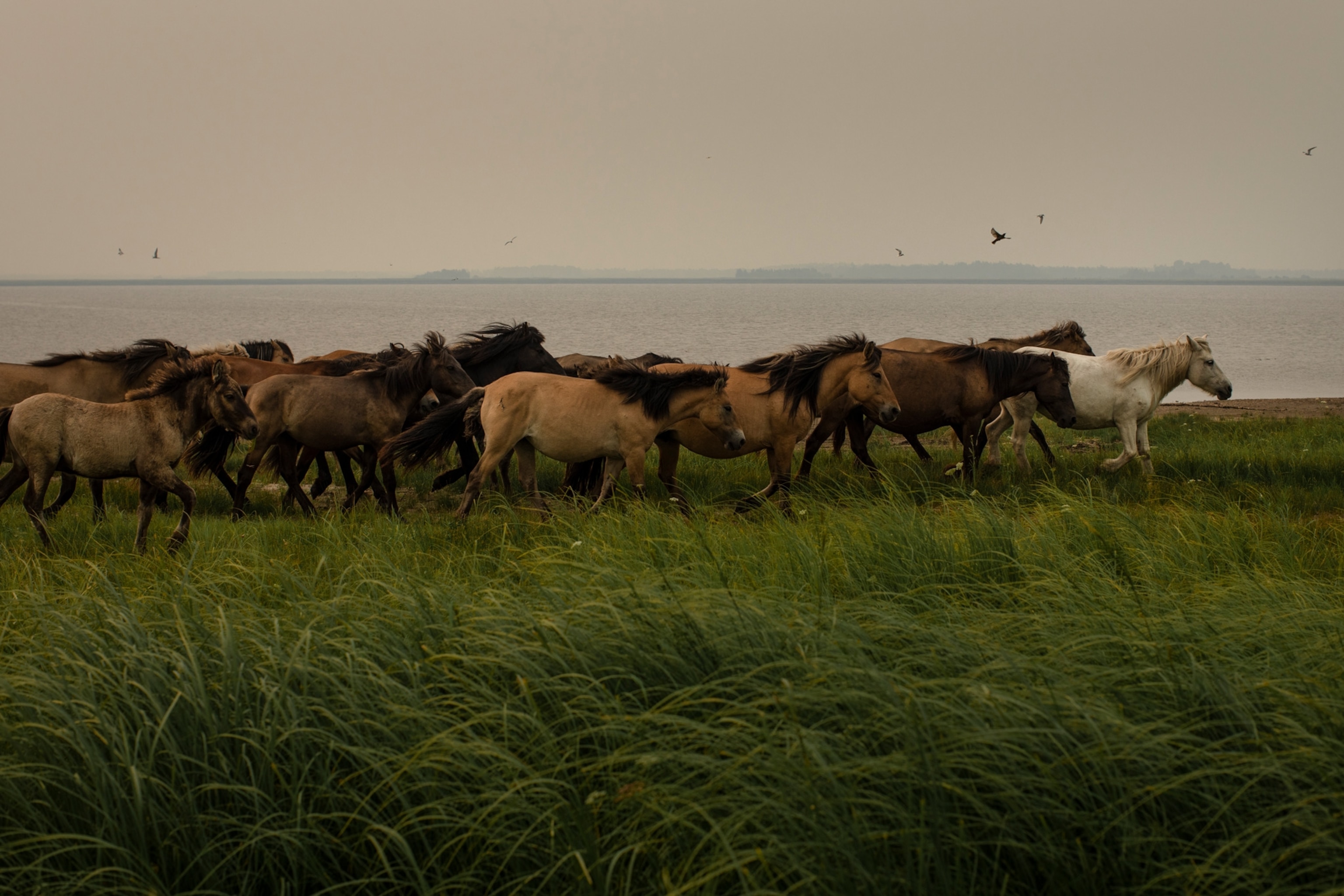
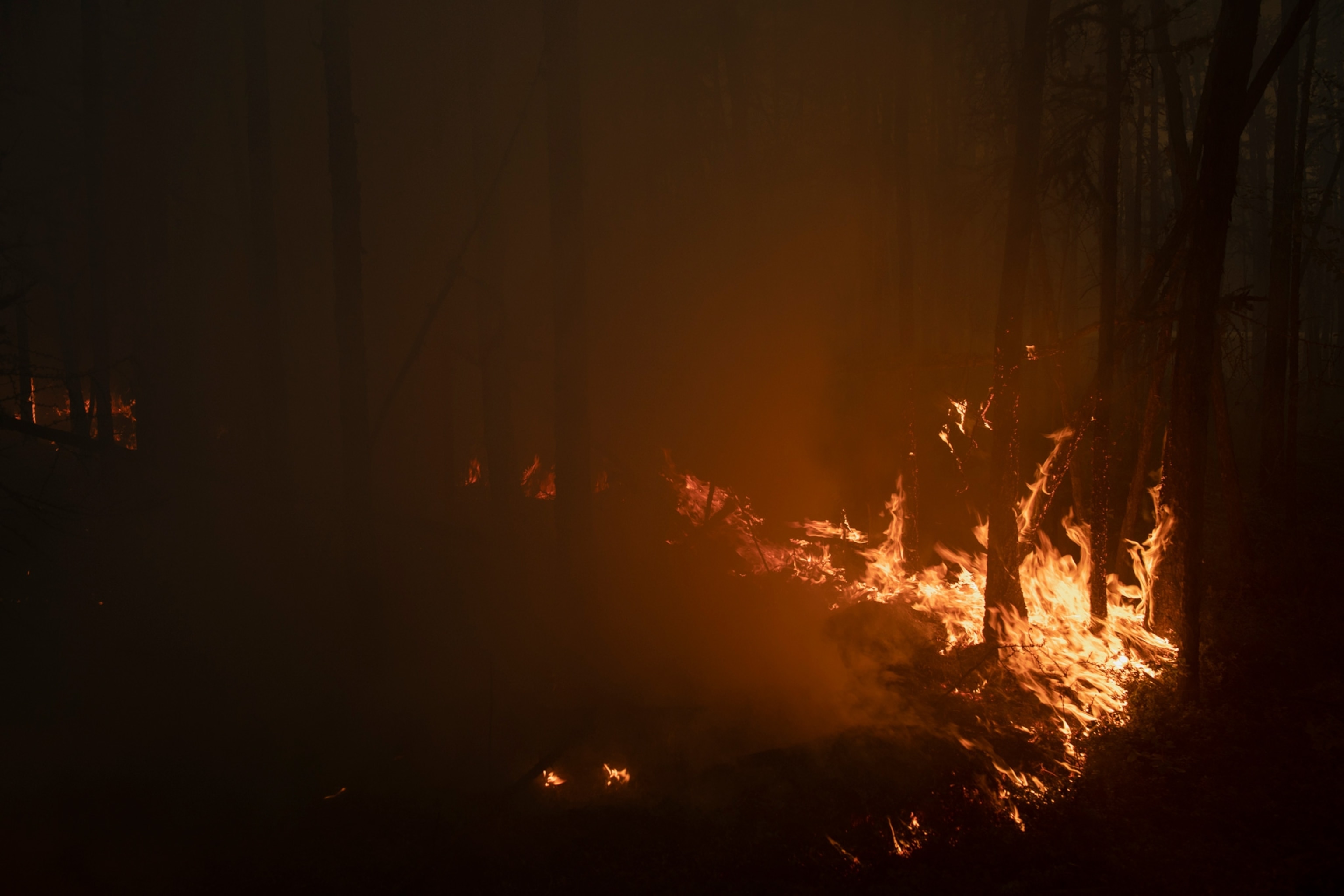
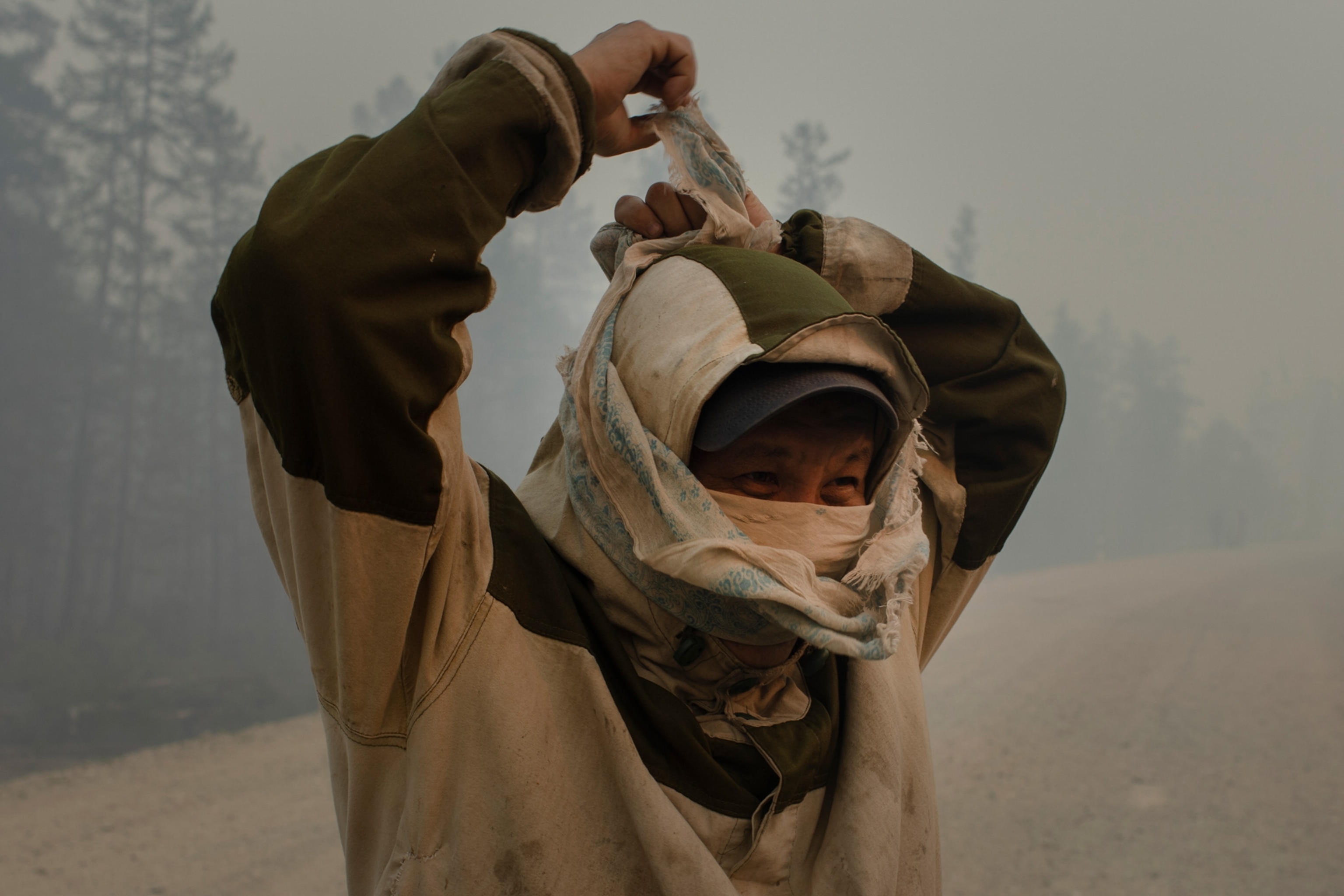
A global smoke event
Hot weather has helped to supercharge this year’s fire season, as it did in 2020. Since late spring, northeastern Russia has experienced temperatures well above historic averages, including a mid-June heat wave that broke local records. While there hasn’t been anything as extreme as the June 2020 heat wave that may have led to the Arctic’s first 100-degree Fahrenheit day, the mild spring, along with unusually dry soils in some areas, primed the region for big fires this year, McCarty says.
Unlike last year, when Siberian wildfires spread exceptionally far north into the tundra, this year’s fires are concentrated in the region’s taiga forests further south, which consist mostly of pine, spruce, and larch. Since the start of the fire season, more than six million hectares (15 million acres) of forested lands in Sakha have burned, according to Russia’s forestry agency—an area nearly the size of West Virginia. “It is definitely one of the most severe years for Sakha,” Russian fire scientist Elena Kukavskaya said in an email, noting that the area torched so far is already on par with the total burned area in all of 2020.
Smoke from these forest fires has engulfed local villages, blotting out the sun, making the air difficult to breathe, and producing apocalyptically reddish skies.
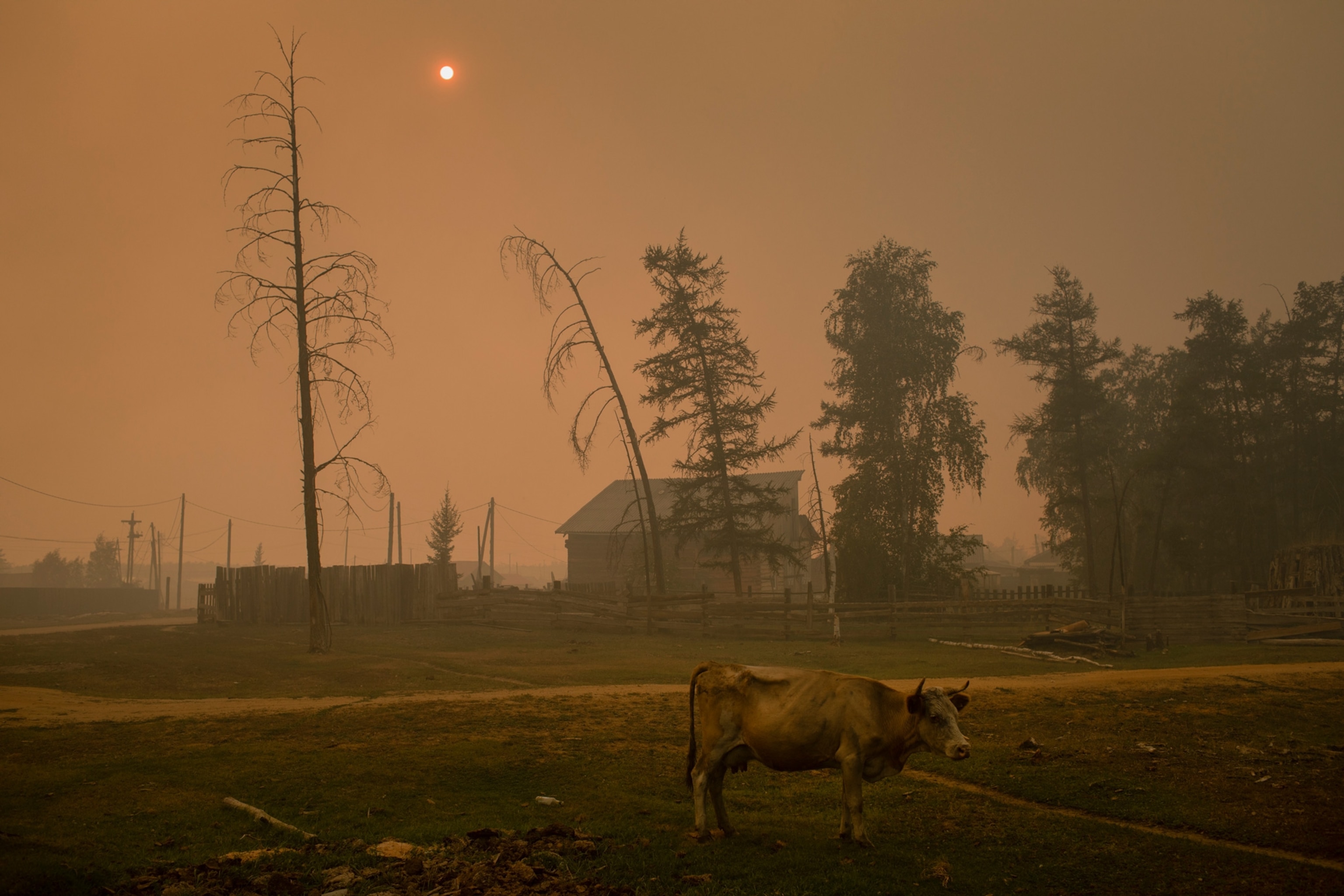
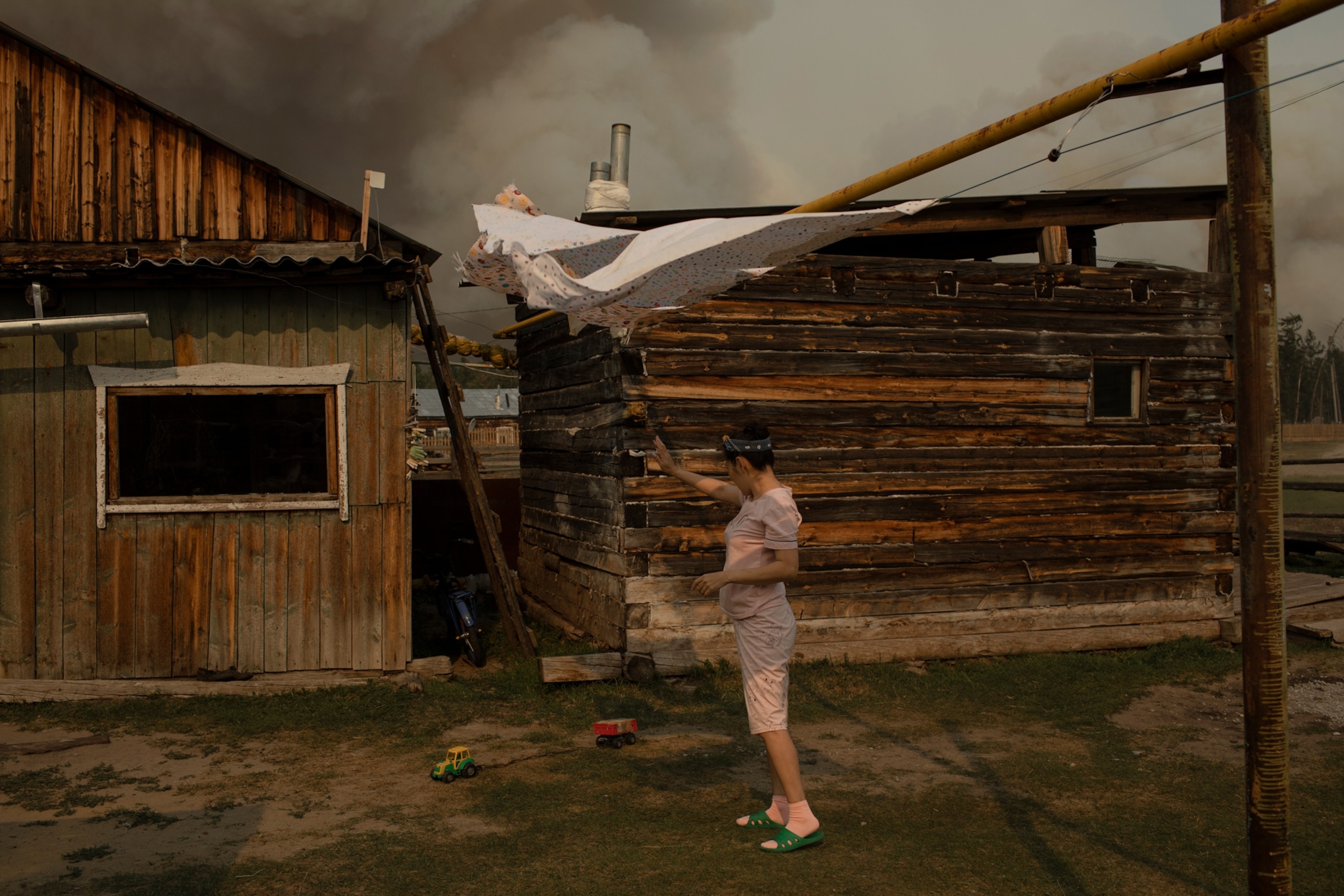
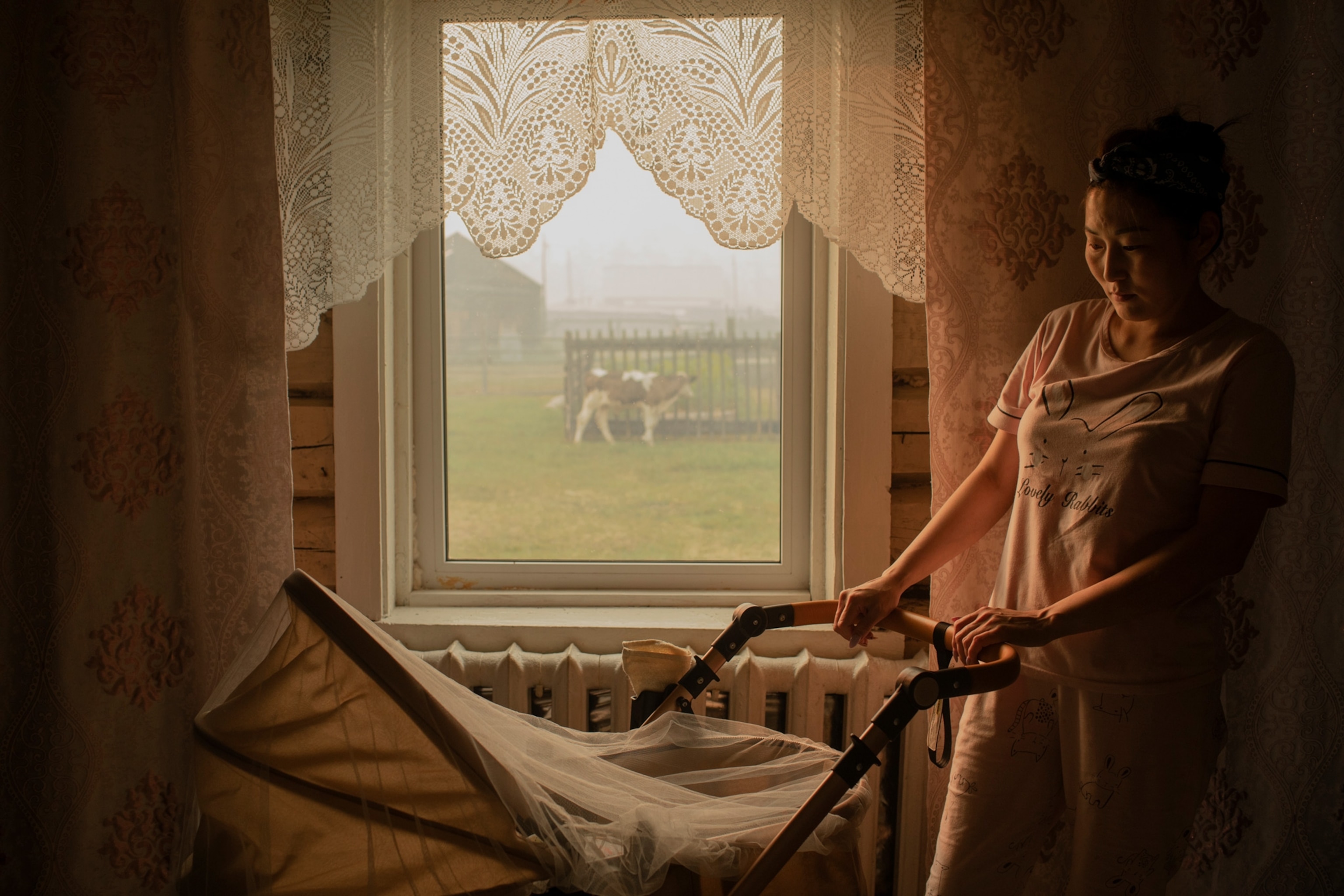
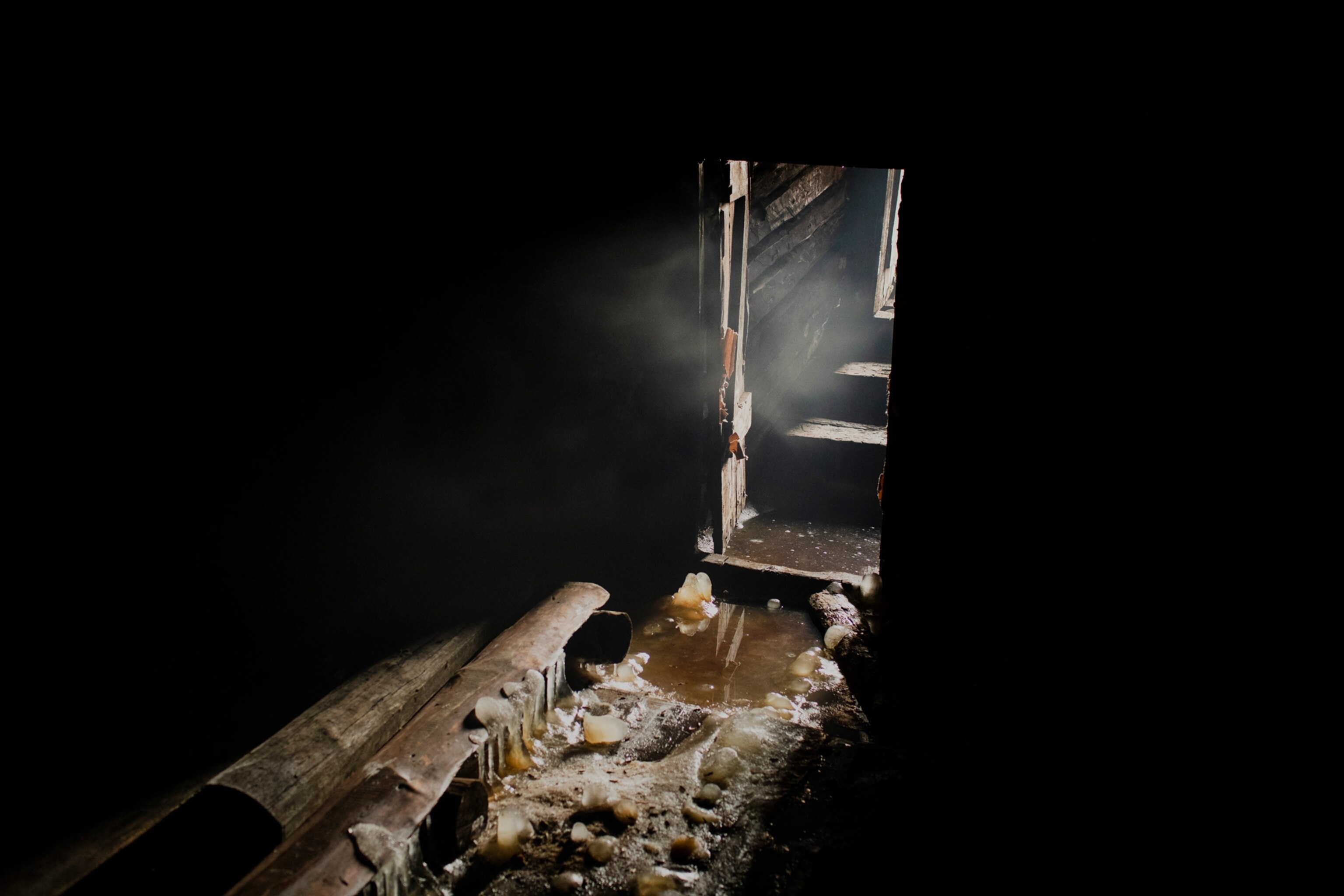
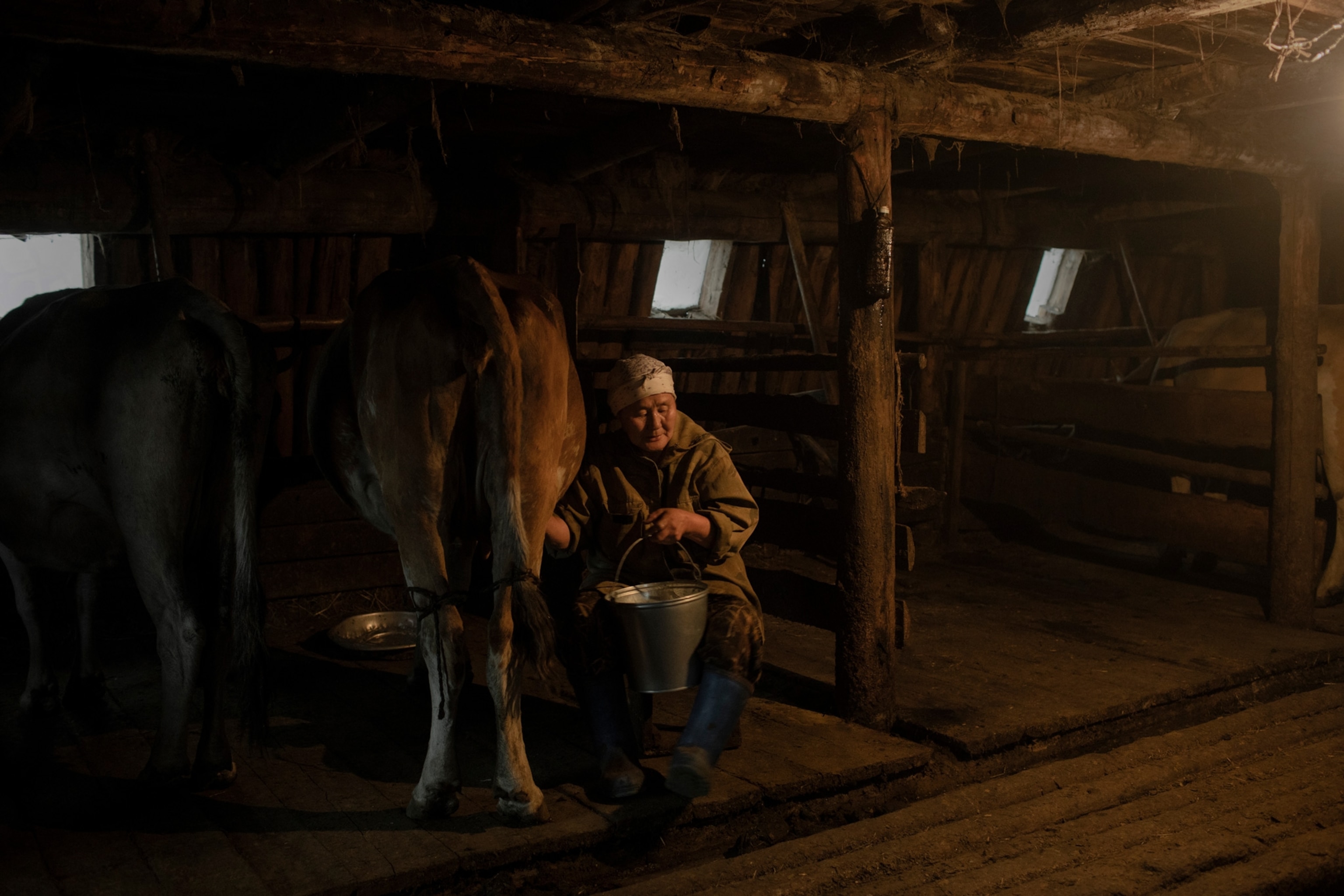
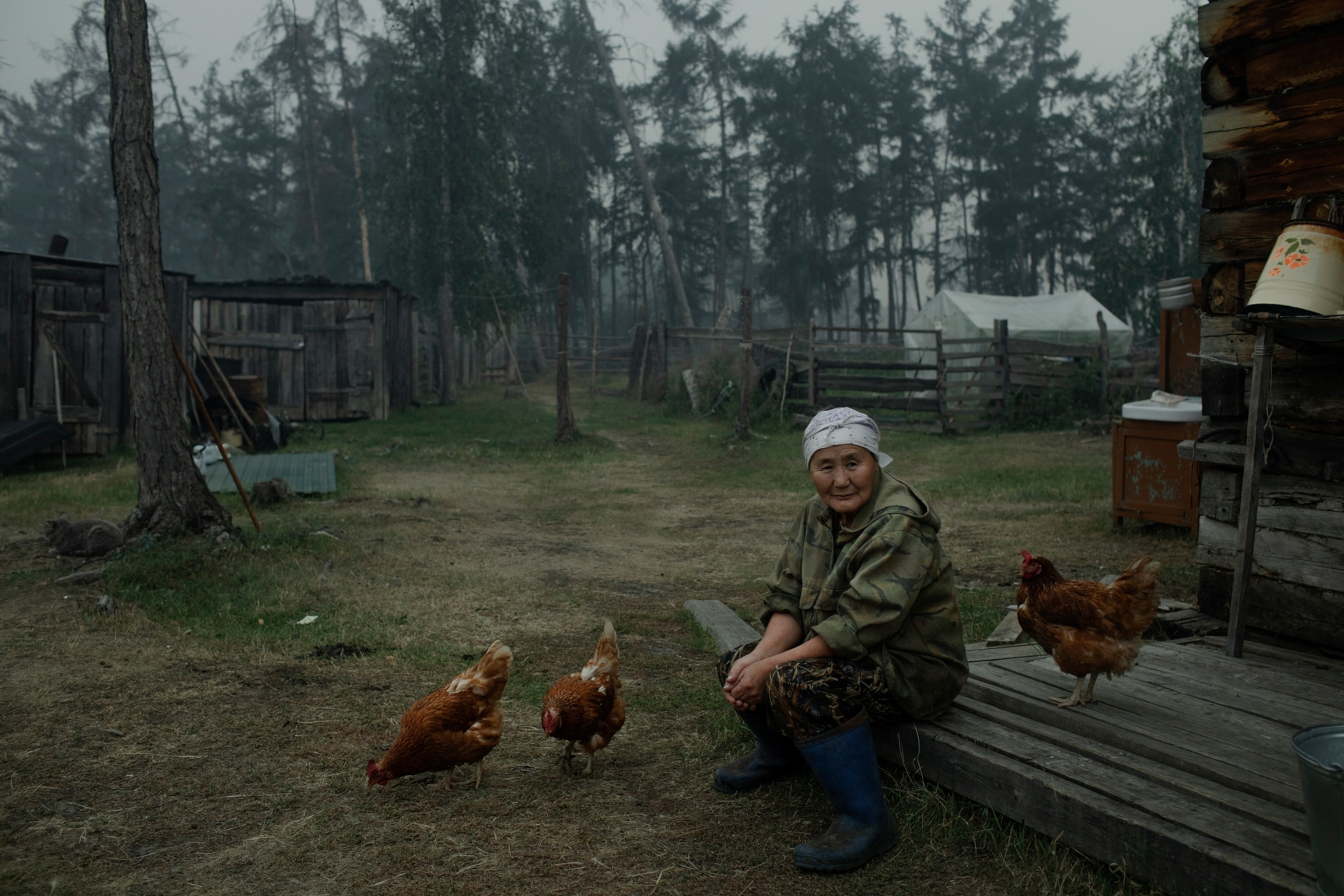
That smoke hasn’t stayed in Siberia. During the first week of August, two giant plumes of it passed directly over the North Pole before heading south into Canada. Zack Labe, a climate and atmospheric scientist at Colorado State University, says that it is “fairly common” for wildfire smoke to waft around the edge of the Arctic Ocean in the summer.
“It is much more unusual to see large smoke plumes moving directly over the North Pole and essentially stretching across the entire Arctic Circle,” Labe says.
If dark smoke particles settle onto Arctic sea ice, that will cause it to absorb more of the sun’s energy, potentially speeding up melting. But most of the smoke from the recent transpolar crossing appears to have stayed high up in the atmosphere, says Mark Parrington, a senior scientist with the Copernicus Atmospheric Monitoring Service (CAMS), who tracks global fire activity. There, he says, it temporarily reduces the amount of sunlight hitting the surface, leading to a short-term, localized cooling effect.
Determining the overall effect of these rare smoke events on sea ice is “an example of the big challenges we face in understanding all of the complex climate feedbacks and interactions ongoing in the Arctic,” Labe says.

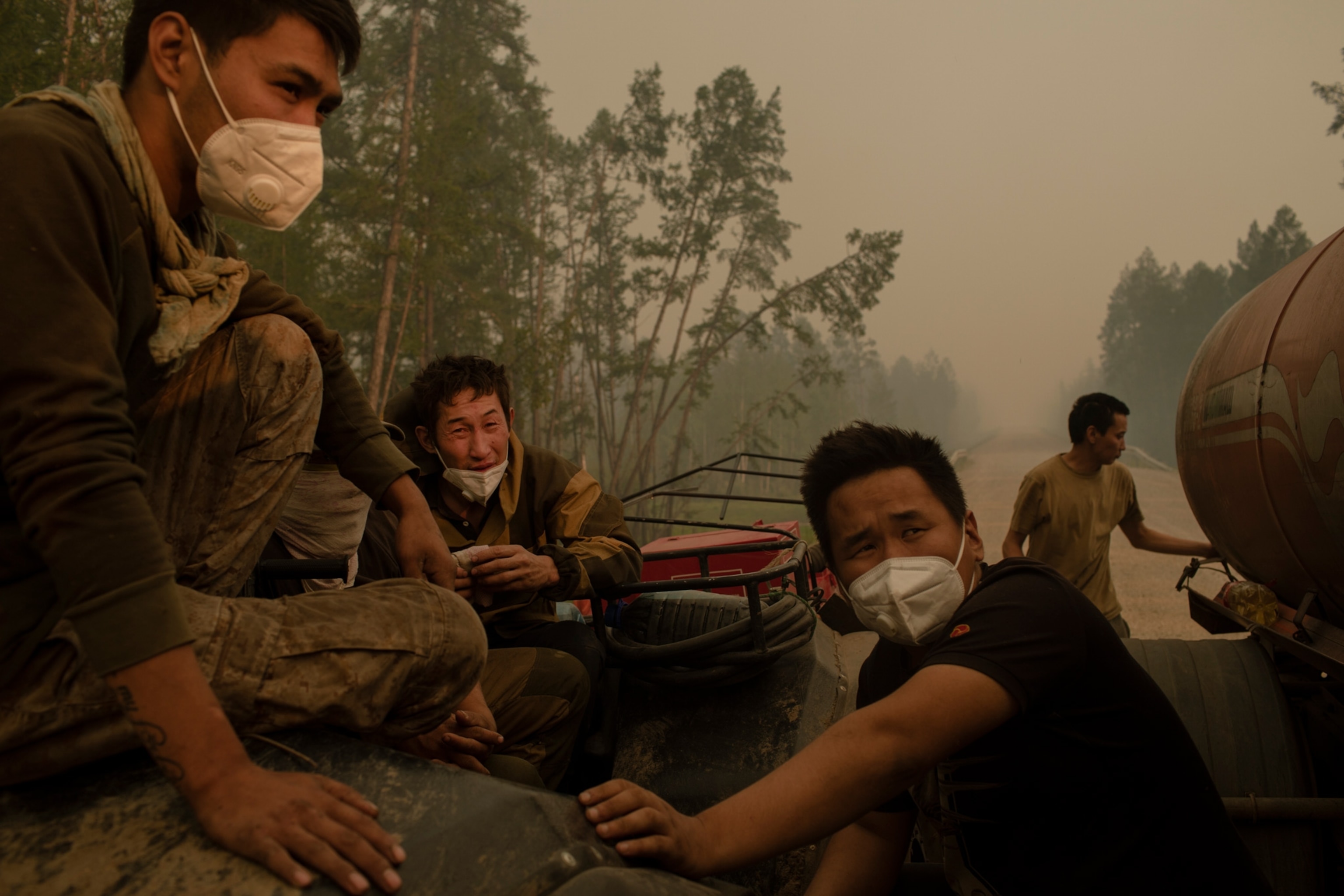
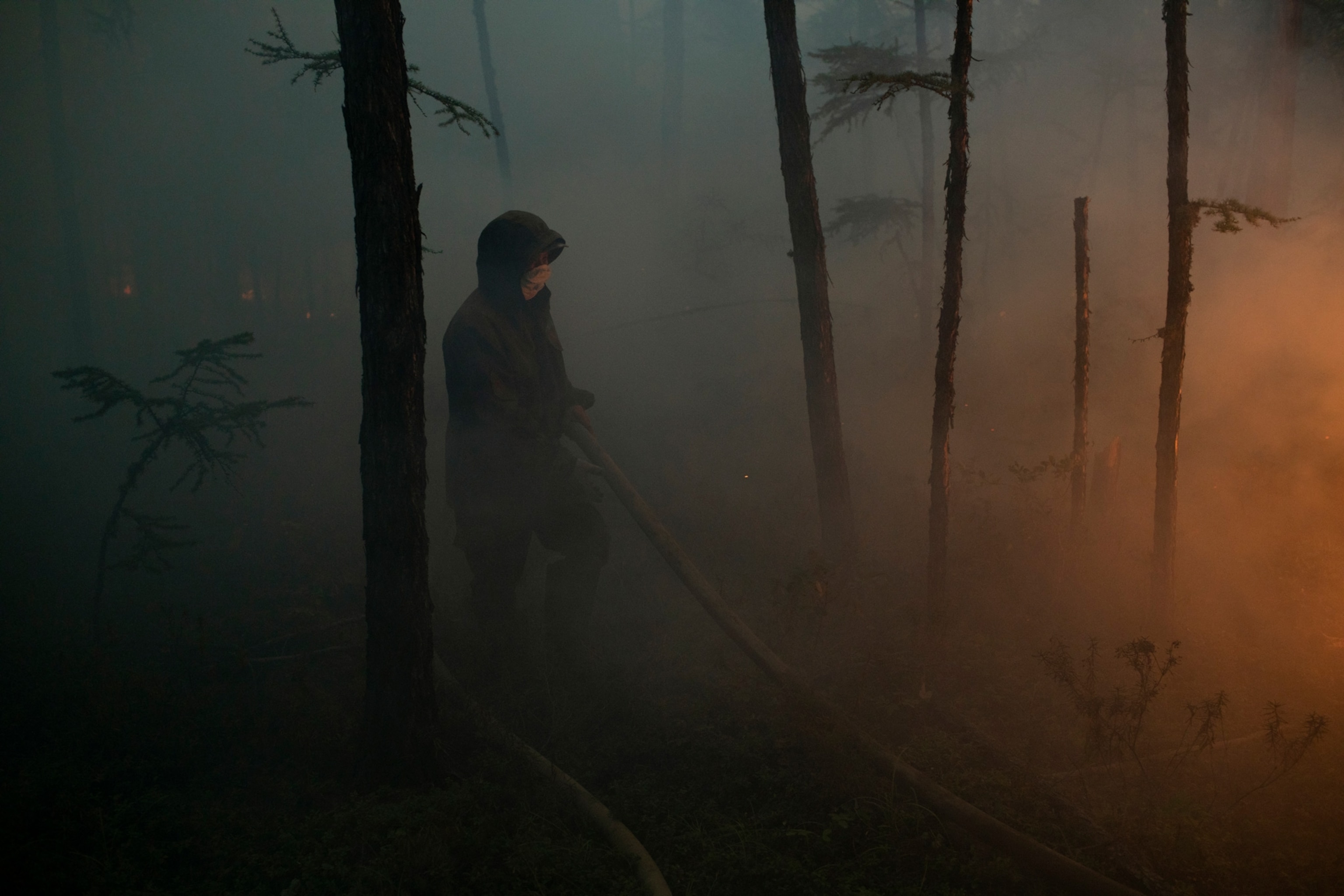
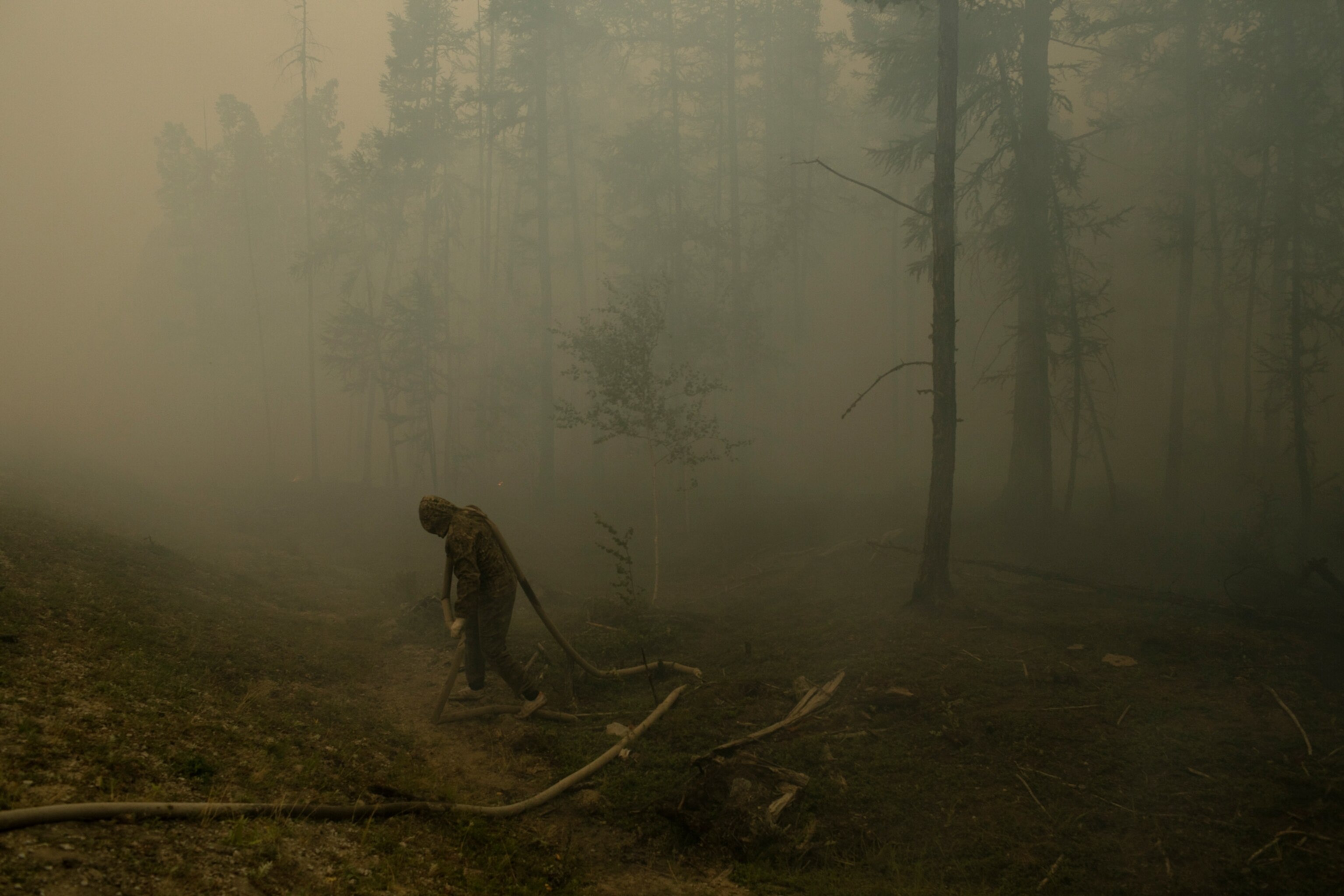
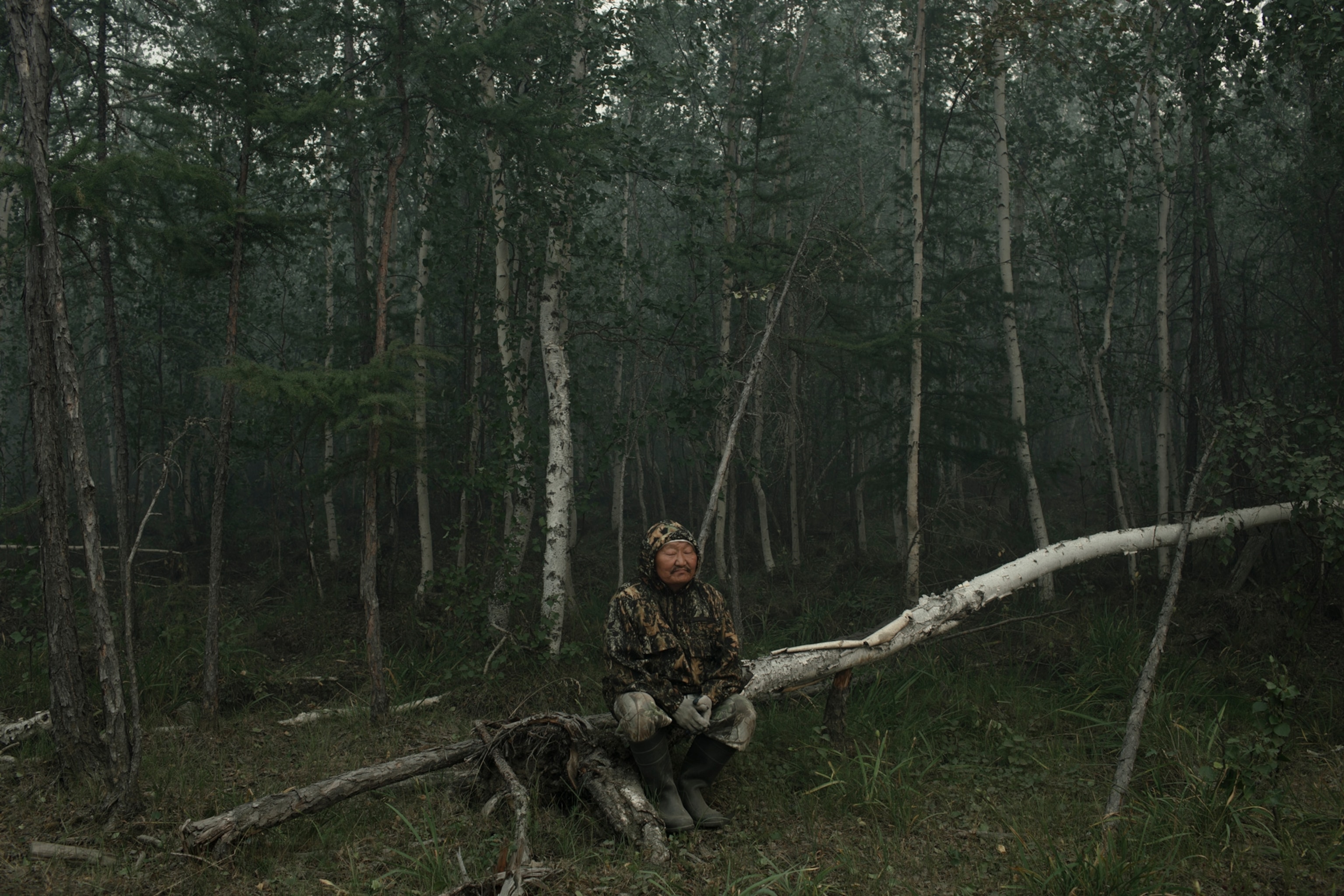
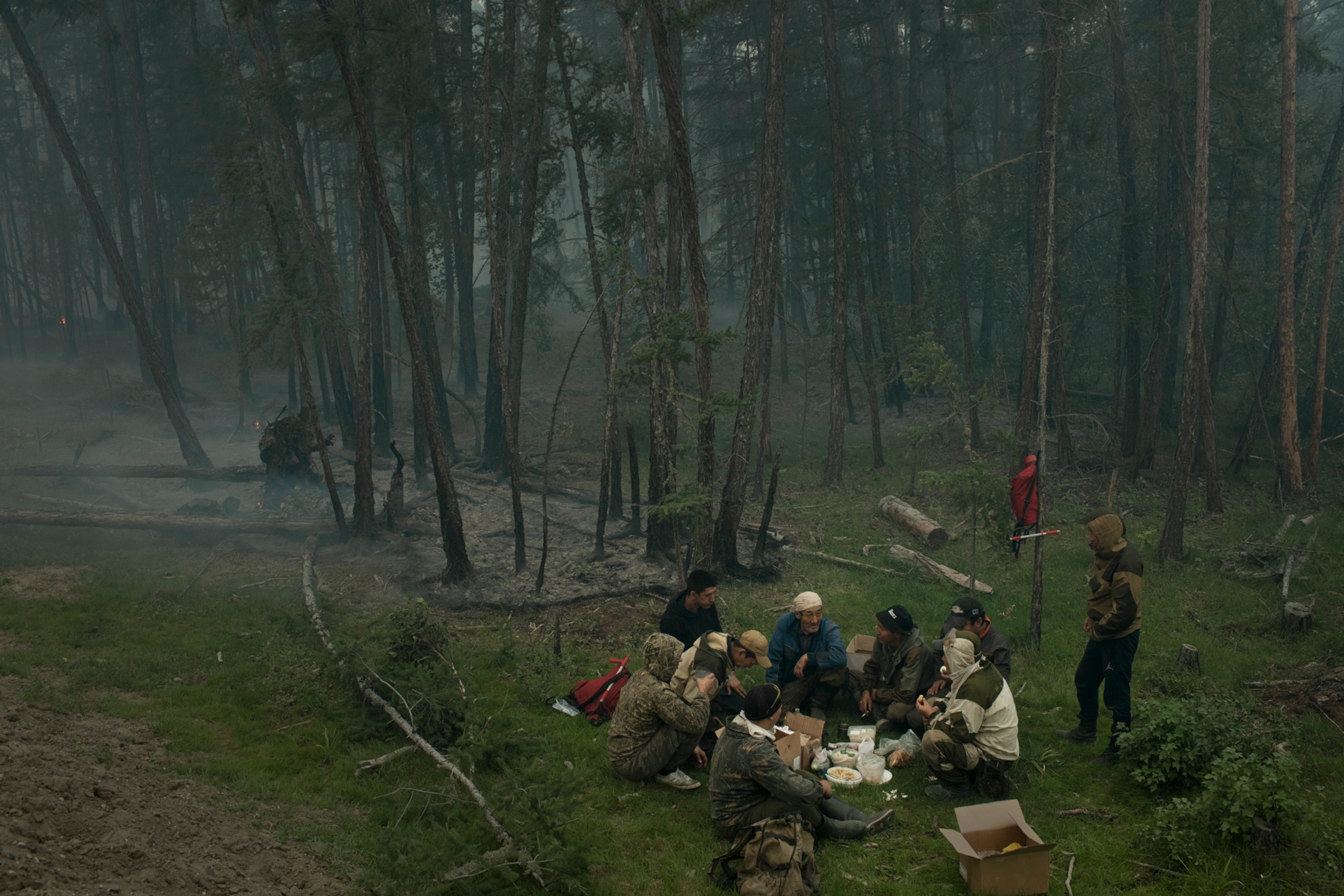
Climate consequences
The even bigger climate consequence of this year’s fires arises from the carbon they are releasing into the atmosphere. Data shared by CAMS shows that between June 1 and August 15 of this year, fires in the Sakha Republic released nearly 800 million metric tons of carbon dioxide, close to the annual emissions of Germany, the world’s fourth largest economy.
Parrington says this estimate only takes into account carbon emitted from vegetation burning and that the total carbon released could be greater if fires are igniting the region’s carbon-rich soils.
That appears to be exactly what is happening. Amber Soja, an associate research fellow at the National Institute of Aerospace who has been tracking the fires, says that many of this summer’s blazes are torching layers of surface organic matter that insulate permanently frozen soil, or permafrost. As that surface insulation is stripped away, heat from the fires causes the permafrost to thaw and dry out, creating additional fire fuel and allowing the flames to penetrate even deeper.
In addition to burning carbon that has been stored in soils for centuries to millennia, Soja says that over time, these fires will deepen the permafrost’s seasonal thaw layer, leading to “longer-term damage” to the icy carbon stockpile.
That damage will be amplified by the background heating of the atmosphere. Climate models project that even if global warming is limited to the Paris Agreement target of 3.6 degrees Fahrenheit (2 degrees Celsius), the Russian Arctic could see 9°F (5°C) of warming. Already, Arctic Siberia is one of the fastest warming places on Earth.
The permafrost that thaws this year due to fires, and over the years to come through a combination of more fires and more warming, becomes food for soil microbes, which will release additional carbon dioxide as well as methane, a greenhouse gas roughly 30 times more potent than CO2 on 100-year timescales, as they decompose.
The impact of carbon emissions from thawing permafrost will ripple through the climate system for decades, says Merritt Turetsky, the director of the Institute of Arctic and Alpine Research at the University of Colorado Boulder. Right now, there simply isn’t enough data to say how large the impact will be. “We are years away from having robust numbers,” she says.

